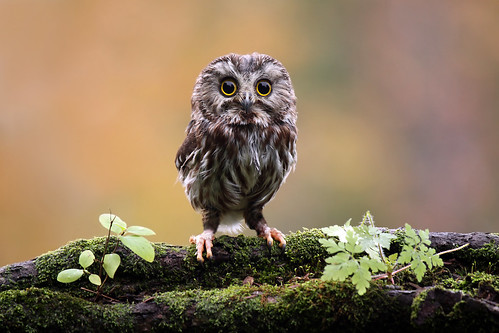A big thank you to Charles Freligh from Nature's Best Photography for asking me to do a feature on Saw-Whet Owls for their "Photographers In The Field".

I've been doing lots of Owl Photography this season, and it's something that I'm very passionate about. There's been alot of talk lately about the welfare of Owls in our area and I think the first step in protecting them....is to educate people on the challenges they face and how they can help minimize human interference. Each type of Owl faces different challenges.
A large number of Saw-Whets won't survive their first winter for various reasons: lack of food, weather,human disturbance and predators. To help increase their odds, keep in mind the following:
- They need to conserve their energy during the day.
- If you find one...make as little noise as possible. Let them sleep.
- Owl "hotspots" are visited by lots of people every day. Limit your time with the Owls.
- More than a few people observing an Owl at one time could adversely affect the Owl.
- Don't break branches. This disturbs them and makes them more vunerable to predators.
- Find a good spot to shoot from and don't move around.
- If you accidentally disturb an Owl and flush it from it's roosting tree...do not try and follow it.
- When threatened, they elongate their body in order to appear like a tree branch, often bringing one wing around to the front of their body.
- Leave if you see those signs and behaviour.
- Don't use a flash when it's getting dark. This causes temporary night-blindness and will make them vunerable to predators.
- Consider finding a Raptor Rehab Centre to photograph Saw-Whets. The birds they use in their photo sessions are habituated to humans which reduces the stress on the birds and allows you to photograph them for longer.





No comments:
Post a Comment